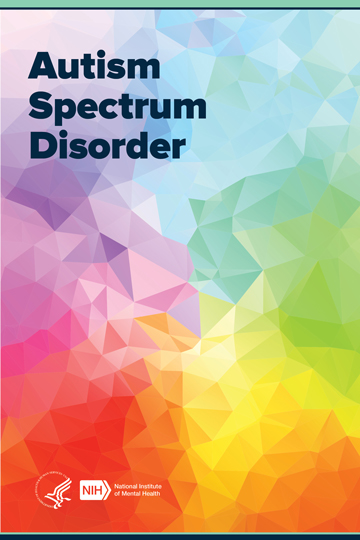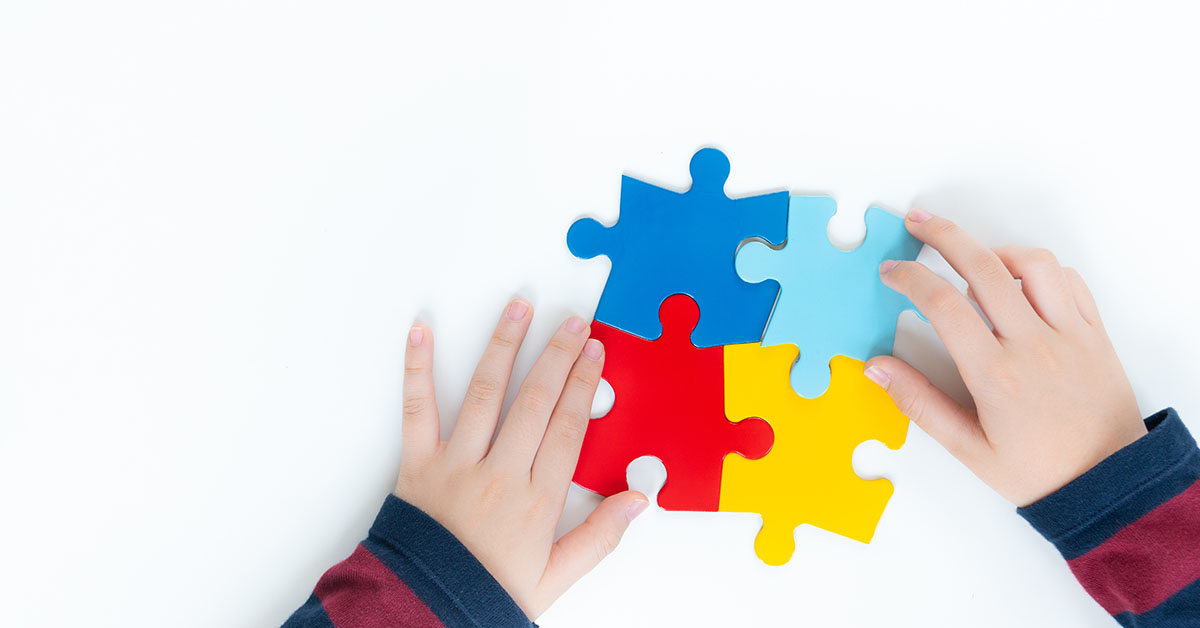The Function of Education And Learning in Sustaining Pupils with Autism: Ideal Practices
The Function of Education And Learning in Sustaining Pupils with Autism: Ideal Practices
Blog Article
Discovering Autism: Techniques for Reliable Interaction and Interaction
Efficient interaction and interaction with individuals on the autism range necessitate a detailed understanding of their special demands and preferences. Methods such as using clear language, utilizing visual assistances, and fostering constant regimens can considerably improve involvement and decrease anxiety. Additionally, recognizing the importance of non-verbal cues and shared passions leads the method for significant connections. However, the details of these strategies expose further factors to consider that warrant expedition, especially in how they can be adjusted to diverse contexts and individual experiences. What might these adjustments appear like in practice?
Recognizing Autism Spectrum Disorder
Autism Range Disorder (ASD) incorporates a variety of neurodevelopmental conditions characterized by obstacles in social interaction, communication, and repeated behaviors. The term "range" reflects the diverse indications and differing levels of severity experienced by people with ASD. While some may display substantial impairments, others might display high-functioning qualities, enabling greater self-reliance in every day life.
The onset of ASD normally occurs in very early childhood years, with signs commonly well-known by age two. Early signs might consist of delayed speech development, restricted eye call, and difficulties in comprehending social signs. Although the accurate etiology of ASD stays uncertain, study recommends a combination of genetic and environmental elements plays a critical duty in its development.
Individuals with ASD commonly have special staminas, such as increased interest to detail and outstanding memory abilities. They might have a hard time with comprehending abstract ideas and managing changes to regular - autism. Therefore, treatments and support tailored to specific needs are vital for promoting communication and social abilities. Identifying the intricacy of ASD is crucial for promoting recognition, approval, and effective strategies that promote purposeful interactions with individuals on the range.

Significance of Clear Communication
Efficient communication is vital for promoting understanding and connection, particularly for individuals with Autism Spectrum Condition (ASD) Clear communication not just promotes social communications but additionally boosts the individual's ability to share their thoughts, requirements, and emotions. For people with ASD, the subtleties of language can often be challenging; for that reason, making use of simple and distinct language is necessary.
Moreover, clear interaction helps in reducing irritation and anxiousness that may occur from misunderstandings. When messages are conveyed in a constant and straight fashion, individuals with ASD are better equipped to translate info properly, which can substantially improve their social interaction and participation in numerous setups.
Developing routines and making use of visual assistances can additionally boost clear communication. These approaches provide people with predictable structures that help understanding and retention of information. Additionally, proactively listening and being person throughout interactions promotes a helpful environment where individuals with ASD feel valued and comprehended.
Inevitably, focusing on clear communication not only encourages individuals with ASD yet also promotes more significant connections with their peers, caregivers, and the wider neighborhood, leading the means for collective relationships and inclusive interactions. - autism
Non-Verbal Interaction Strategies
Communication expands past words, and for people with link Autism Spectrum Problem (ASD), non-verbal cues play a significant duty in interactions. Non-verbal communication methods can consist of facial expressions, motions, body language, and eye call, all of which function as important parts for sharing purposes and emotions.
Comprehending and translating these non-verbal signals can boost interactions with individuals with ASD. A cozy smile or open position can produce an inviting atmosphere, motivating involvement. Utilizing aesthetic help-- such as picture cards or signs-- can connect communication voids and assist convey messages extra effectively.
It is also essential to be mindful of individual area, as individuals with ASD may have various convenience levels relating to distance. Observing their reactions to physical distance can educate ideal changes.

Creating Encouraging Environments
Developing an encouraging environment is important for fostering positive interactions and enhancing the well-being of people with Autism Spectrum Disorder (ASD) Such atmospheres can significantly minimize stress and anxiety and produce a feeling of safety and security, enabling people to reveal themselves a lot more openly.
To attain this, it is vital to think about sensory sensitivities that individuals with ASD might experience. Modifying the physical room to consist of soft illumination, marginal history noise, and comfortable seats can produce a relaxing atmosphere. Furthermore, using regular routines and clear aesthetic schedules can sites assist individuals anticipate changes and decrease unpredictability, additional promoting convenience.
Social spaces must be structured to lessen overwhelming stimulations while providing possibilities for involvement in recommended activities. Facilitating areas assigned for quiet time can also work as a sanctuary during minutes of stress and anxiety. Importantly, integrating aspects of choice equips people, permitting them to work out firm in their setting.

Urging Social Interactions
Cultivating social communications among individuals with Autism Range Disorder (ASD) needs deliberate strategies that prioritize convenience and engagement. Establishing foreseeable regimens can aid decrease anxiousness, making social settings a lot more friendly. Developing structured environments with specified responsibilities and roles permits people to involve without the frustrating pressure of unstructured social characteristics.
Including passions and toughness right into social tasks can offer as a driver for communication. Arranging team tasks around shared leisure activities or topics of attraction can help with all-natural conversations and connections. Furthermore, making use of visual supports, such as pictorial schedules or social scripts, can assist in recognizing social signs and expectations.
Modeling suitable social behaviors is important - autism. Grownups and peers need to demonstrate effective interaction strategies, consisting of active listening and turn-taking. Role-playing scenarios can also provide a safe space for individuals to exercise these abilities
Lastly, promoting peer connections with comprehensive methods is essential. Motivating comprehensive playdates or group outings can develop possibilities for socialization in a comfortable setup. By implementing these caregivers, approaches and educators can significantly improve social interactions for individuals with ASD, promoting their general social growth and wellness.
Final Thought
In final thought, reliable interaction and interaction techniques are crucial for supporting individuals with Autism Spectrum Problem. Inevitably, these techniques equip people with autism additional info to browse social landscapes, advertising their overall well-being and allowing the growth of lasting relationships.
Efficient communication and communication with people on the autism range demand a thorough understanding of their unique needs and preferences. Clear communication not only assists in social communications but likewise improves the person's capacity to express their emotions, thoughts, and needs.Cultivating social interactions among individuals with Autism Spectrum Disorder (ASD) needs deliberate methods that prioritize convenience and involvement. By applying these caregivers, educators and strategies can considerably boost social communications for people with ASD, promoting their overall social development and health.
In final thought, reliable communication and interaction approaches are necessary for supporting people with Autism Range Disorder.
Report this page